Vidya: How Yoga Can Help You Find Clarity Around Racism in America
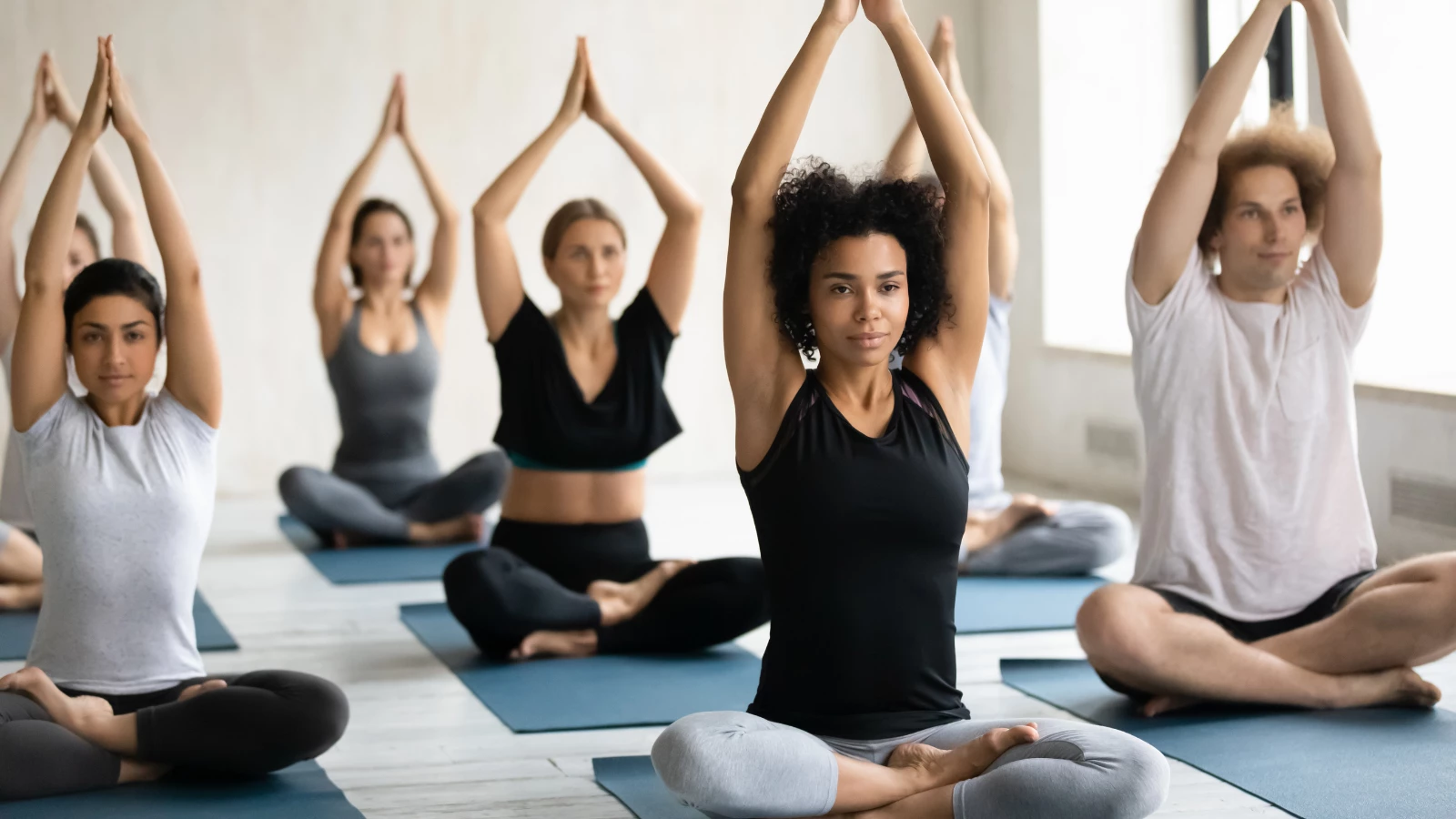
“Clarity affords focus.” ~ Thomas Leonard
When we bring clarity to an issue, we see what is happening, correctly assess the situation, and consciously choose to take action.
How do we get clear on what’s happening in America today? Our country’s lofty values of equality, democracy, and opportunity for all live side by side with a preexisting condition we’ve suffered from for centuries—systemic racism and prejudice, the main causes of social, legal, and economic injustice.
Some symptoms are: the decimation of indigenous peoples, the enslavement of Africans and legal segregation through Jim Crow laws, the internment of Japanese-American citizens during World War II, and the separation and internment of South American migrant children from their families at the southern border. The latest horror of police abuse, the public killing of George Floyd, an unarmed African American man, that we witnessed in real-time on our digital devices is one more symptom of this country’s dis-ease that needs to be healed.
How to Use Yoga to Understand Racism
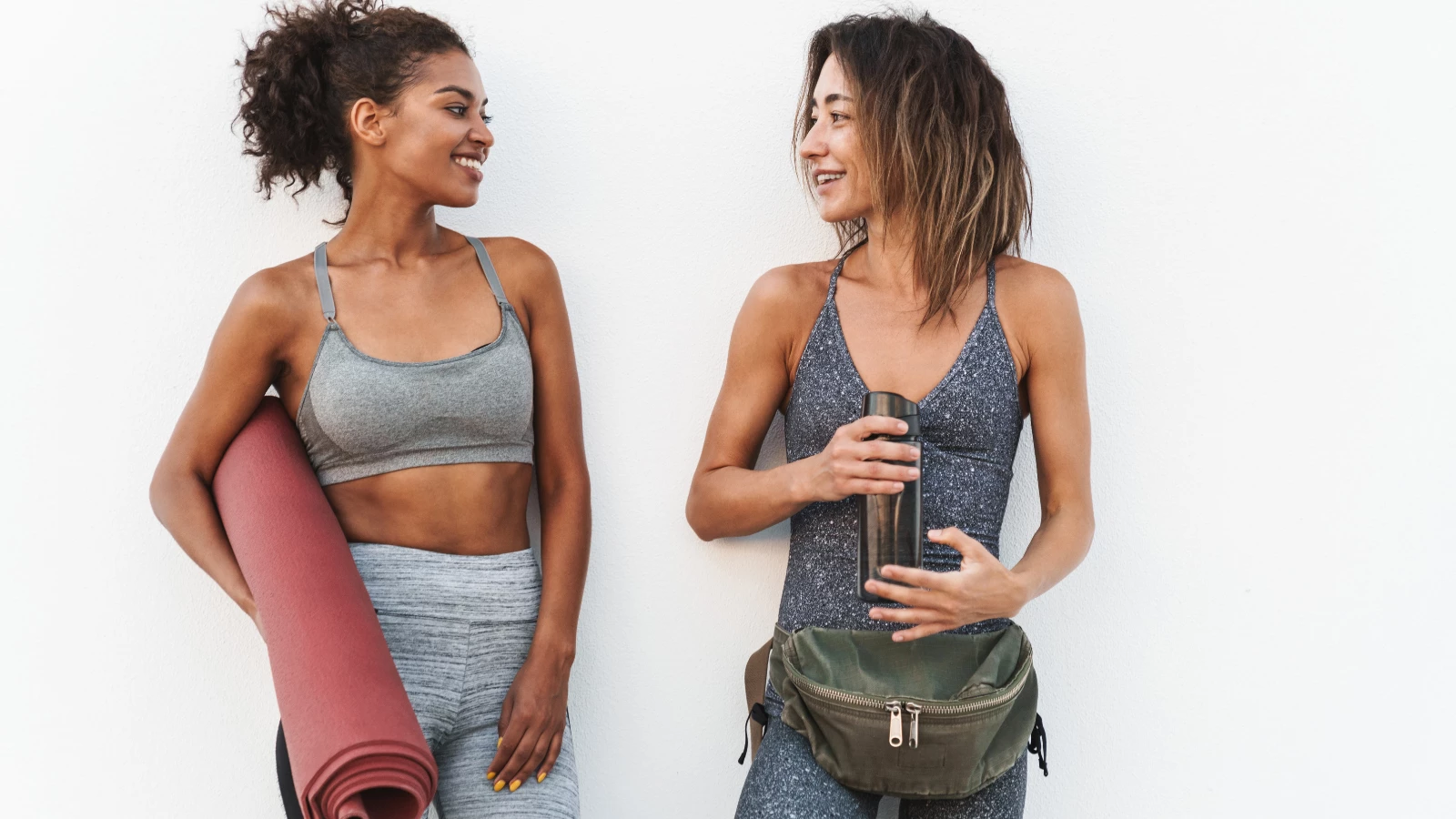
As yoga teachers and therapists, we seek to heal our students and clients using the eight limbs of yoga to help them find clarity, contentment, and resilience. We can use that knowledge to help our country heal. Let’s start with vidya, clear seeing.
Vidya is the opposite of avidya, clouded perception. Avidya results from an inability to see the larger picture of our lives, our world, and how we move through them personally, professionally, socially, and culturally. Here is what happens when clouded perceptions influence our thinking and behavior:
- If our perception of a situation is wrong, wrong action likely follows.
- If our perception is correct but we doubt ourselves, we may take no action or wrong action.
It’s most often the influence and power of our unconscious thoughts and implicit biases that cloud our perceptions and prevent right action. However, if our perception is correct and we are clear in our understanding, right action will likely result even if the outcome is not what we expected or hoped for.

As yoga practitioners concerned about systemic racism, and prejudice, we can employ svadhyaya—study and self-knowledge, to learn about the onset of our country’s dis-ease, track the course of it, and become aware of the symptoms, overt and subtle, before deciding what action we might be willing to take. Consider this:
- Slavery existed in this country from 1619 to 1865.
- Legal segregation followed from 1865 to 1964.
- The Civil Rights Act banning discrimination on the basis of race was passed in 1964.
That’s a long time to be dealing with a chronic dis-ease. The diagnosis is clear, but the treatment is complicated. We can view the Civil Rights Act as an attempt to manage the symptoms, but it has not and cannot cure the dis-ease.
4 Steps to Clarity
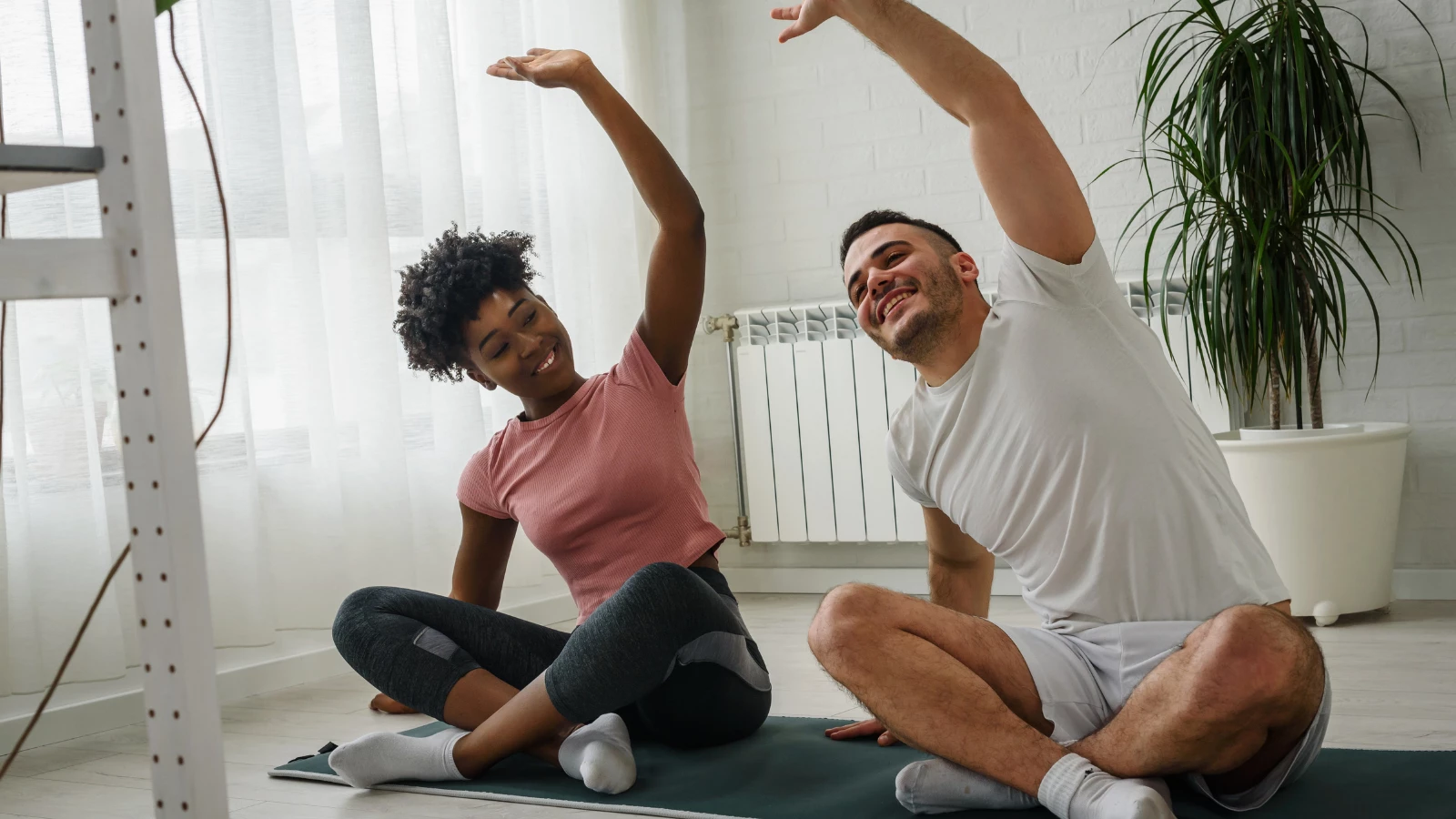
When we accept the fact of the diagnosis and the truth of the condition, we can start the healing within ourselves to bring clarity to our own clouded perceptions, blind spots, prejudices, and implicit biases (we all have them). Then we can:
- Face It: Sometimes we need to take a step back and examine the presence of diversity and inclusion in our own lives. How diverse are our schools? Neighborhoods? Places of work? Friends? Social settings?
- Trace It: Understand how and why it exists, and how and why we may be ignoring or denying this reality.
- Embrace It: Accept that it is unpleasant and upsetting. We will need to sit with this discomfort because it is our current reality.
- Replace It: Consciously take right action in whatever form we choose.
This process starts with each of us.
I recently joined a peaceful protest in my town. It looked like many that we see on television – large, diverse, and calling for change. When asked what actions we could take to make a difference, the speaker said, “If you see something, say something, and then do something.”
3 Empowering Actions You Can Take
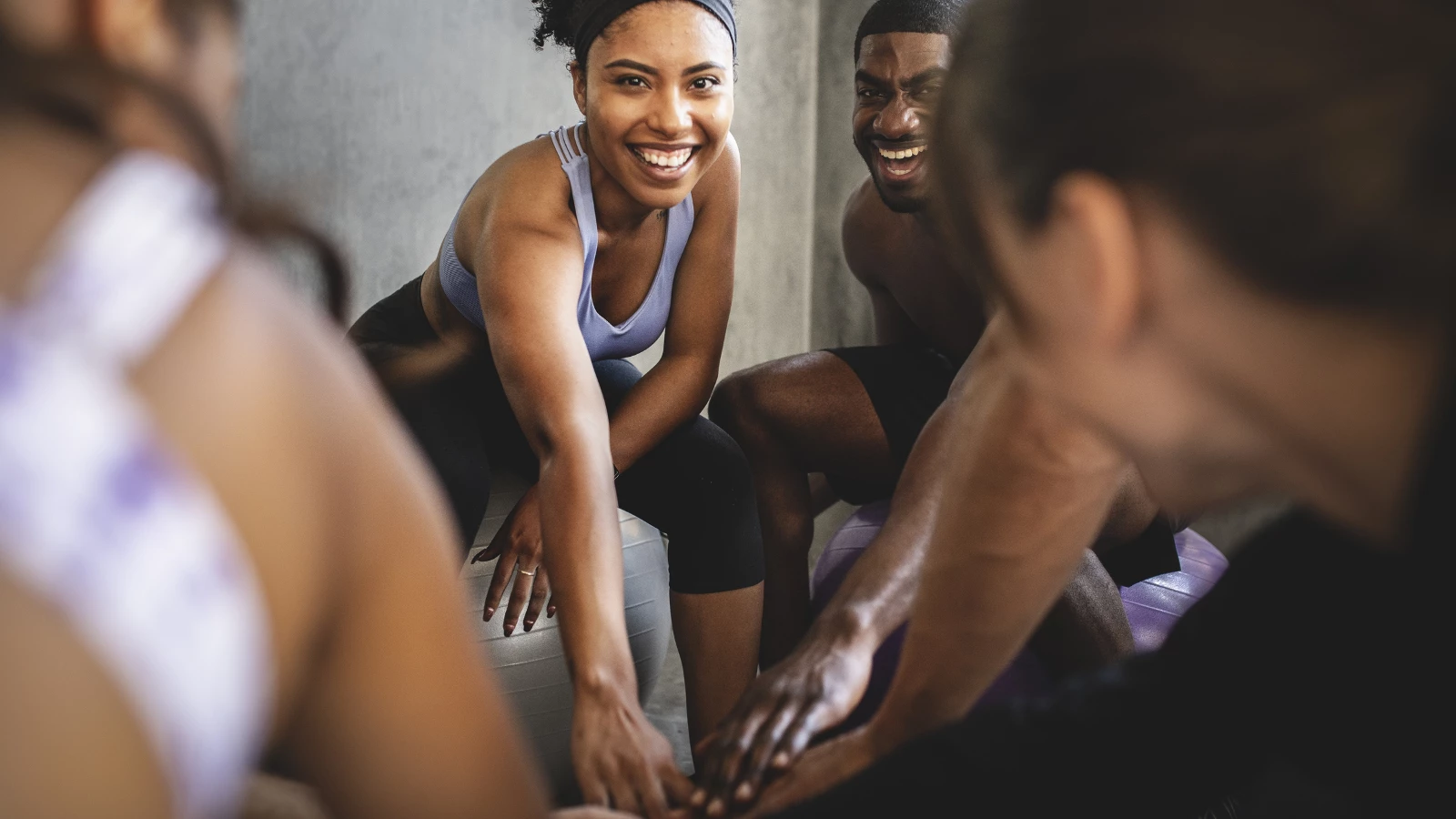
Here are three things we can do:
- VOTE in November. The yoga community is doing its part to help. Find out more here.
- Do your research. You can donate to relevant organizations, join grassroots efforts or volunteer with programs that offer direct help.
- To increase mental clarity and openness to transformation, Joseph LePage’s book Mudras for Healing and Transformation recommends Shunya mudra. Here are instructions for practicing the Shunya mudra:
- Find a comfortable seat.
- Bend your middle fingers down to touch the mounds at the base of your thumbs.
- Use your thumbs to hold your middle fingers in place.
- Rest the backs of your hands onto your knees or thighs.
- Relax your shoulders back and down, with your spine comfortably aligned.
- Hold for two to five minutes, or longer if comfortable.
Cautions: None.
Also, read...
Teaching Svadhyaya: 3 Ways to Encourage Self-Study in Yoga
In Celebration of Gray-Haired Yoga – Busting the Myth of the Yoga Body
Related courses
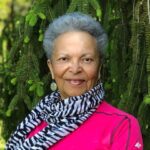
Beth Gibbs, MA, is a faculty member at the Kripalu School of Integrative Yoga Therapy. She holds a master’s degree in Yoga Therapy and Mind/Body Health from Lesley University in Cambridge, MA. She is the author of Soul Food, Life-Affirming Stories Served with Side Dishes and Just Desserts, Enlighten Up! Finding Clarity, Contentment, and Resilience in a Complicated World and Ogi Bogi, The Elephant Yogi, a therapeutic yoga book for children. Beth is an experienced workshop leader and public speaker. She blogs at bethgibbs.com



